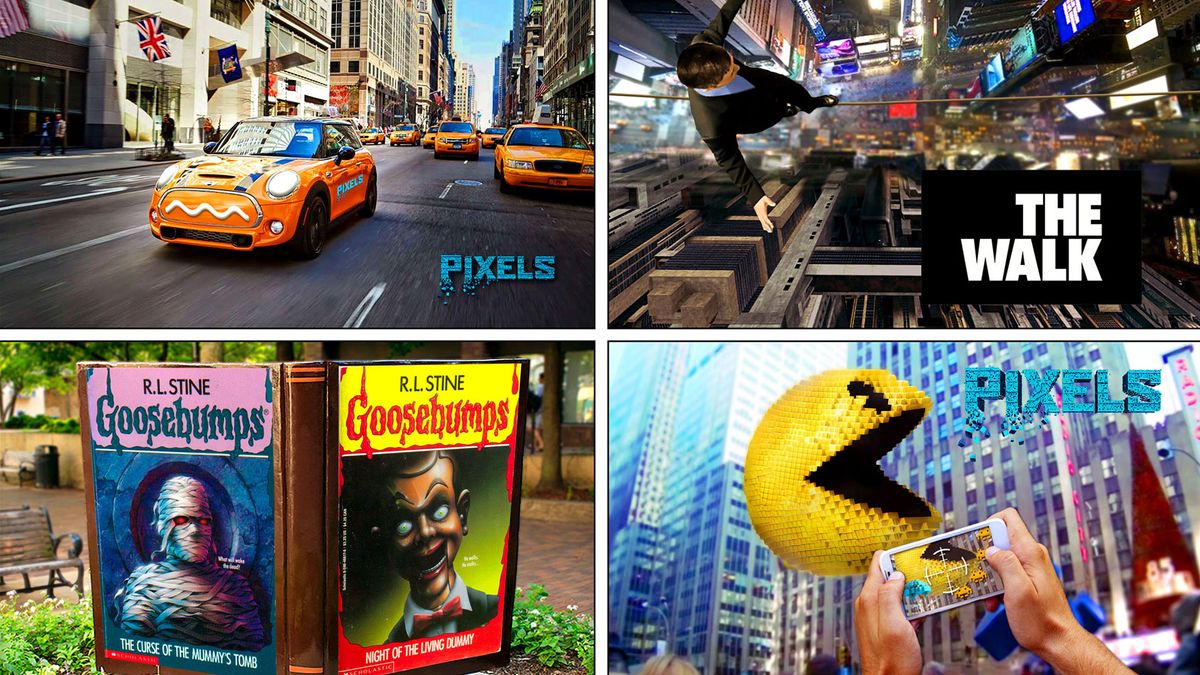The creative world is awash with worries of how AI will impact human creativity. And, as someone with years of experience across multiple industries, I’m here to discuss what I really think about it.
Like many of the readers of this site, I am a “Creative”. Yes, that is one of those words that used to be an adjective, but we have since co-opted it to use as a noun. Whatever it is, back in the day my parents certainly did not know what it meant. Much like I imagine, that many parents today are confused when they hear their children want to become “Content Creators”.
Personally, I have much preferred the new job title. First off, Content Creator sounds much more like an executive job than Creative does. The later sounding more like a scheduled activity for pre-schoolers (“And in the afternoons we have Creative Time with finger paints”).
But of course more than just the names have changed over the years – this is to be expected. As the old saying goes, “Change is the Only Constant.” And the creative world has always gone through change. I think I’m safe in stating without reservation, that technology has always played a major part in it (as it will continue: see the future of AI in graphic design).
So what have I been feeling during the rise of AI?
Technology has always impacted art
Going back to the Renaissance, though we could go back further, we can see so much was driven by the technology of the day: The invention of the camera obscura, paint with an oil base, better understanding of linear perspective (considered a subset of math and science), and more. These things changed the way artists worked, and were no small part of making the Renaissance what it was.
The emergence of photography in the mid 1800’s spurred the art community away from realism. After all, how could they compete with photographic realism?
And my last example in a list that could go on for pages. Progressive photographers Manray from the 1930s, and Jerry Uelsmann some 40 years later both created the unreal and the impossible using cameras, and amazing darkroom techniques. In both their eras, this was unique. But decades later, Photoshop and other image technology has made it commonplace.
In all three examples, it is technology that impacts art. And it is the creative artists that adapt to one of two things. Either to the capabilities that the new technology offers. Or they adapt to the scraps that the new technology leaves for them.
Now, I’ve heard nobody complaining about technology giving us more options. We only complain when it takes something away, and leaves us with fewer options. And that would make sense. But it then begs the question, how often does that even happen? In our examples, limited though they are, it is only one time our of three. When painters felt compelled to move away from realism.
But wait! Over my lifetime and even today, I regularly go to galleries and museums and see many photo-realistic paintings. Despite photography still being alive and well. How did this happen? It seems, perhaps, that technology gives us far more than it takes away. And even when it does take, perhaps it is not forever?
AI could be different
I’ve worked as an illustrator/photographer in NY advertising for many years, on many of the world’s largest brand accounts (making work that rival the best ads ever). There were times art directors and clients would say, “I need a Lance Evans type image”. Alas, that did not always mean I got hired for the job. Sometimes I did, and sometimes it went to someone that could do something similar (but not as good, certainly!) and probably at a lower price. But enough came my way that I could live a happy life.
But today, there is really no question that AI can do a “Lance Evans” illustration without breaking sweat. And it can do it faster, likely better, and certainly cheaper.
So I sit here scratching my head wondering if and how what we have learned from the history of art and technology, still holds true today. Can we view AI as just another technological achievement that will ultimately serve our creative needs? Or is it the tipping point that will not serve the creatives needs, but instead just the needs of the people that used to be our clients?
I’m not going to tell anyone I know where this will go. But I have to wonder if I were some years younger, would I be starting to at least casually look at the entrance requirements for dental schools?
For more, explore the future of AI in typography.
